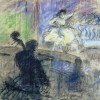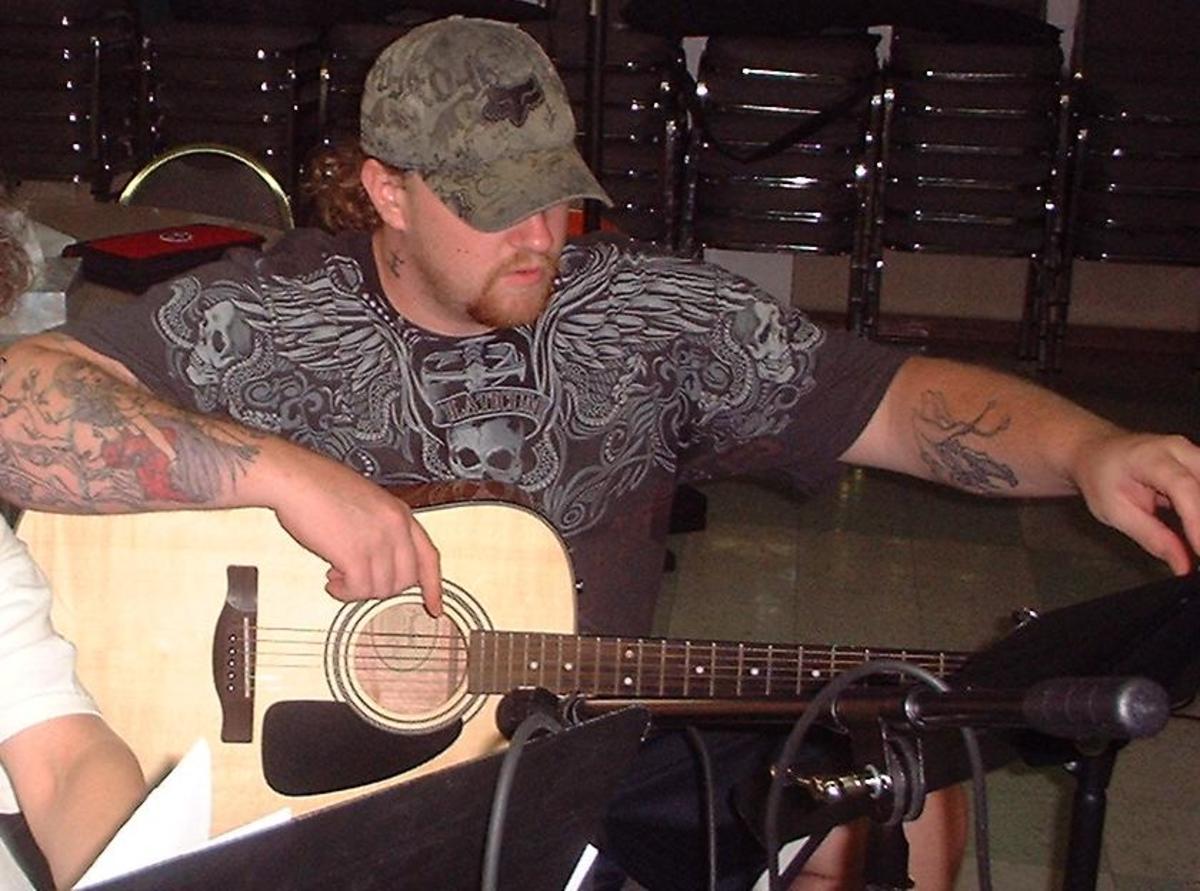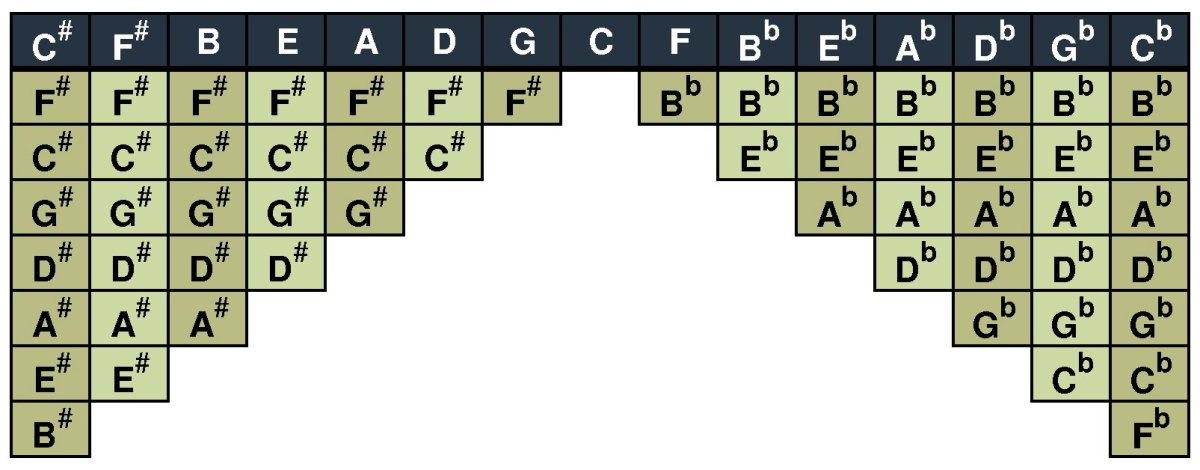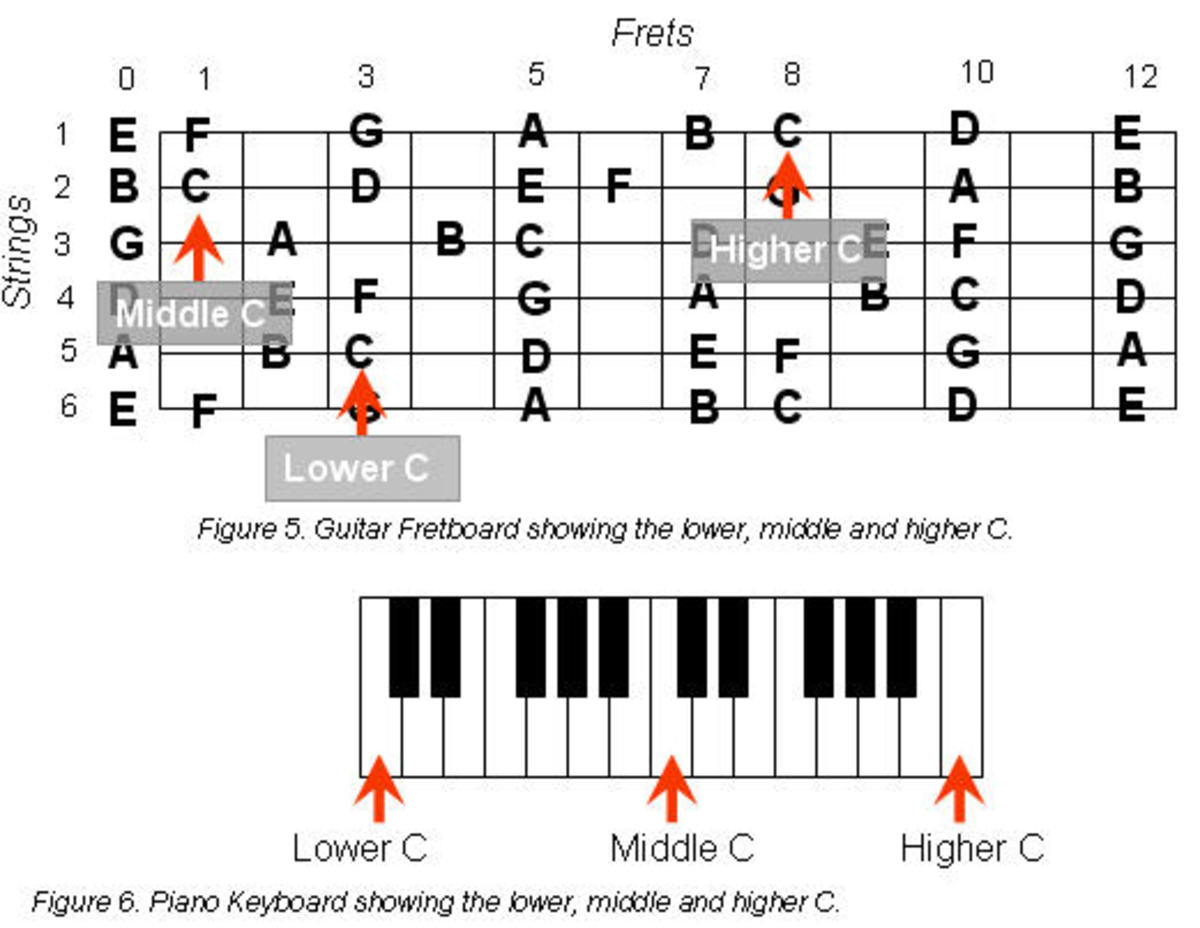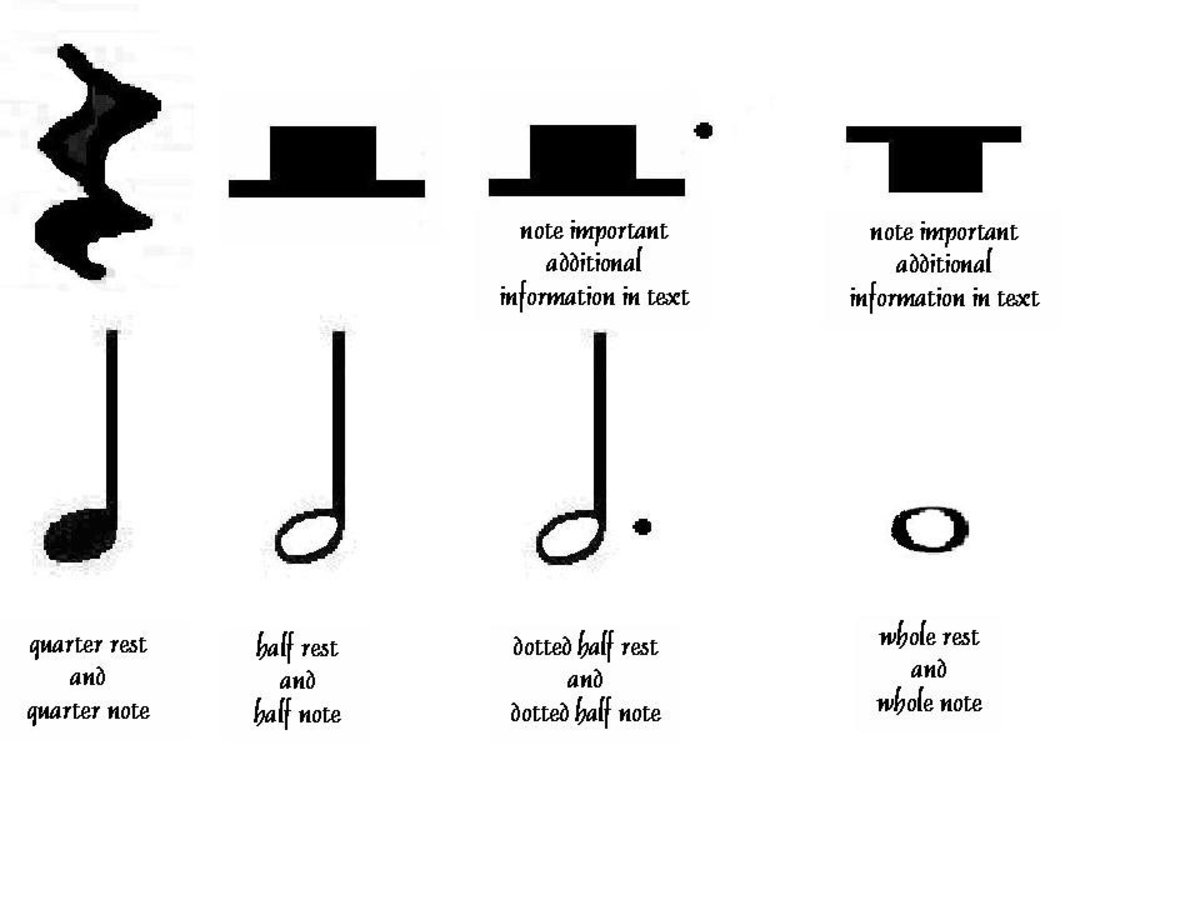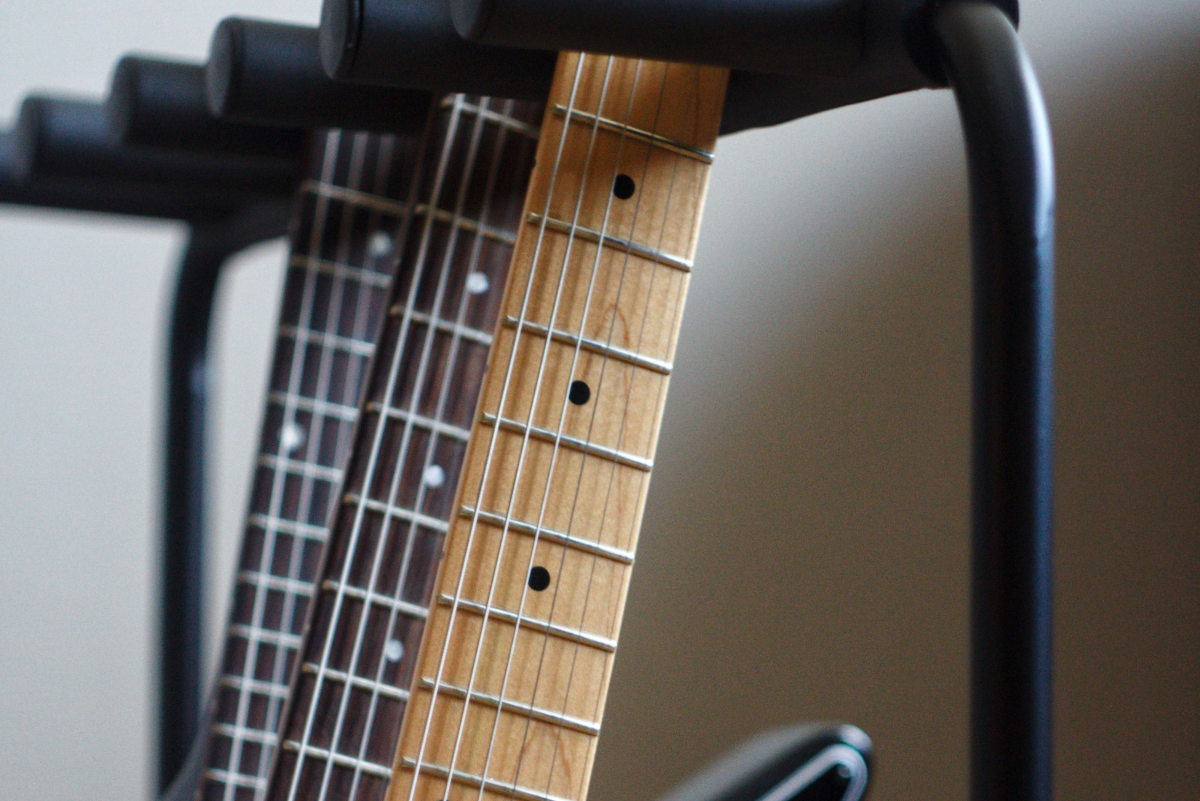How to Build Major, Minor, Harmonic Minor, and Melodic Minor Scales
Scale Overview
A scale is an ordered sequence of musical pitches. The two most common scales over the past 400 years in western music have been the major and minor scale. The vast majority of music from western countries that people have listened to throughout their lives has been assembled using major or minor scales.
The uniqueness of any scale is determined by the order of its intervals and the quality of each of the those intervals. (An interval is the distance between two musical pitches). Major and minor scales each have seven pitches and two different interval types (technically there are three interval types, the third is explained later).
The two types of intervals that are used to build major and minor scales are called major 2nds and minor 2nds. A major 2nd comprises of 2 half steps (also called a whole step), while a minor 2nd comprises of 1 half step (the smallest interval in the 12 pitch tuning system). The use of these intervals and the order they appear in each scale is what gives each scale its unique sound.

Major Scales
To build a major scale, first pick a note to start on. Remember when building major and minor scales, each whole or half step is added to the note before it. Use the following interval sequence to build a major scale:
Whole-Whole-Half-Whole-Whole-Whole-Half.
If you use C as your starting note (see image to the right) the pitches should come out to be C-D-E-F-G-A-B-C. This pitch collection makes up the C major scale.
Note: On the major scale picture to the right: Whole steps are marked with curved lines and half steps are marked with pointed lines.
The order of intervals that make up the major scale can be started on any of the 12 pitches used in Western music and the end result will give you a major scale.
Natural Minor Scale

Harmonic Minor Scale

Melodic Minor Scale

Minor Scales
Minor scales get a little more complicated than the major scale because there are three of them as opposed to there only being one major scale. The three minor scales are called natural minor (or just minor), harmonic minor, and melodic minor. Just like the major scale, the order of intervals that make up any of the three minor scales can be started on any of the twelve pitches used in Western music.
Natural Minor Scale - Pick a starting note and use the following interval sequence to build a minor scale:
Whole-Half-Whole-Whole-Half-Whole-Whole.
If you use F as your starting note, the pitches should come out to be F-G-Ab-Bb-C-Db-Eb-F (see natural minor picture) thus giving you an F minor scale.
Note: There is another type of 2nd degree interval called the augmented 2nd, and this interval is made up of 3 half steps. (See harmonic minor).
Harmonic Minor Scale - This scale is the most unique sounding of the four scales presented in this article because it contains an augmented 2nd interval. Again, pick a note to start on and follow this sequence of intervals to build a harmonic minor scale:
Whole-Half-Whole-Whole-Half-Augmented 2nd-Half.
If you use A as your tonic the pitches should come out to be A-B-C-D-E-F-G#-A (see harmonic minor scale picture to the right). This scale would be called A harmonic minor.
Melodic Minor Scale - The melodic minor scale starts out like a minor scale but finishes like a major scale giving it a very conflicting sound, which you would expect due to the clash between major and minor scale components. Pick a note to start on and use the following interval sequence to build a melodic minor scale:
Whole-Half-Whole-Whole-Whole-Whole-Half.
If you use B as your tonic the pitches should come out to be B-C#-D-E-F#-G#-A#-B (see melodic minor scale picture to the right). This scale would be called B melodic minor
Note: If you look closely at the picture to the right called Melodic Minor Scale you will notice the descending intervals in the melodic minor correspond to the pitches of the B natural minor scale rather than the B melodic minor scale. Notating the melodic minor scale like this has been a tradition in Western music theory, but in actual music practice the descending pitches are not usually changed.
Listen: Major, Minor, Harmonic Minor, and Melodic Minor Scales
Hear the Difference Between Major and Minor
For those of you who want to hear the difference between these four scales I highly recommend you play them on your instrument of choice. If you do not play an instrument, and would still like to hear the differences between these scales, click on the video to the right.
These scales may not sound like anything special, but they have been the building blocks for most of the music produced by Western societies for over 400 years.
